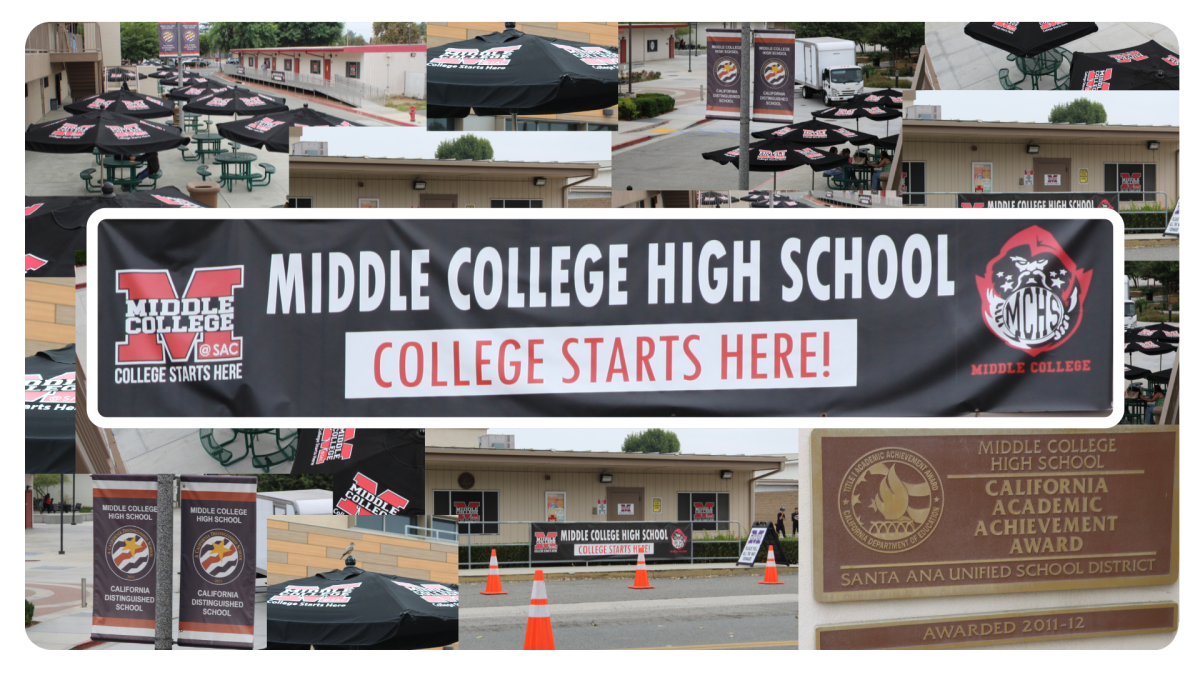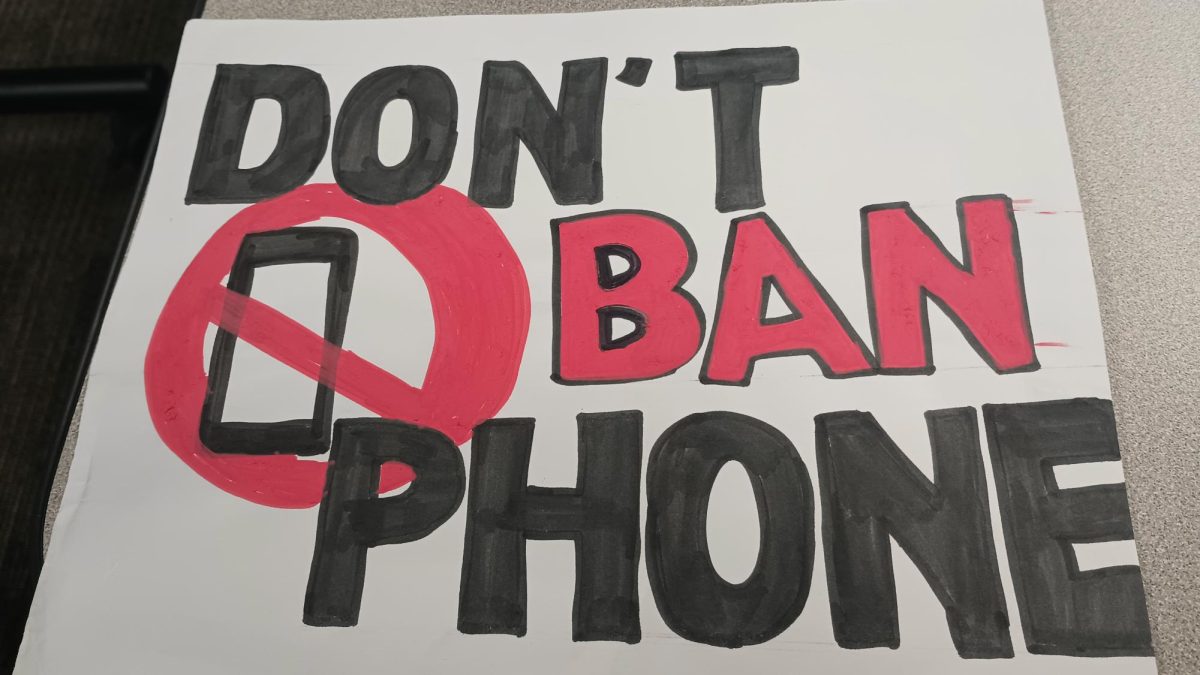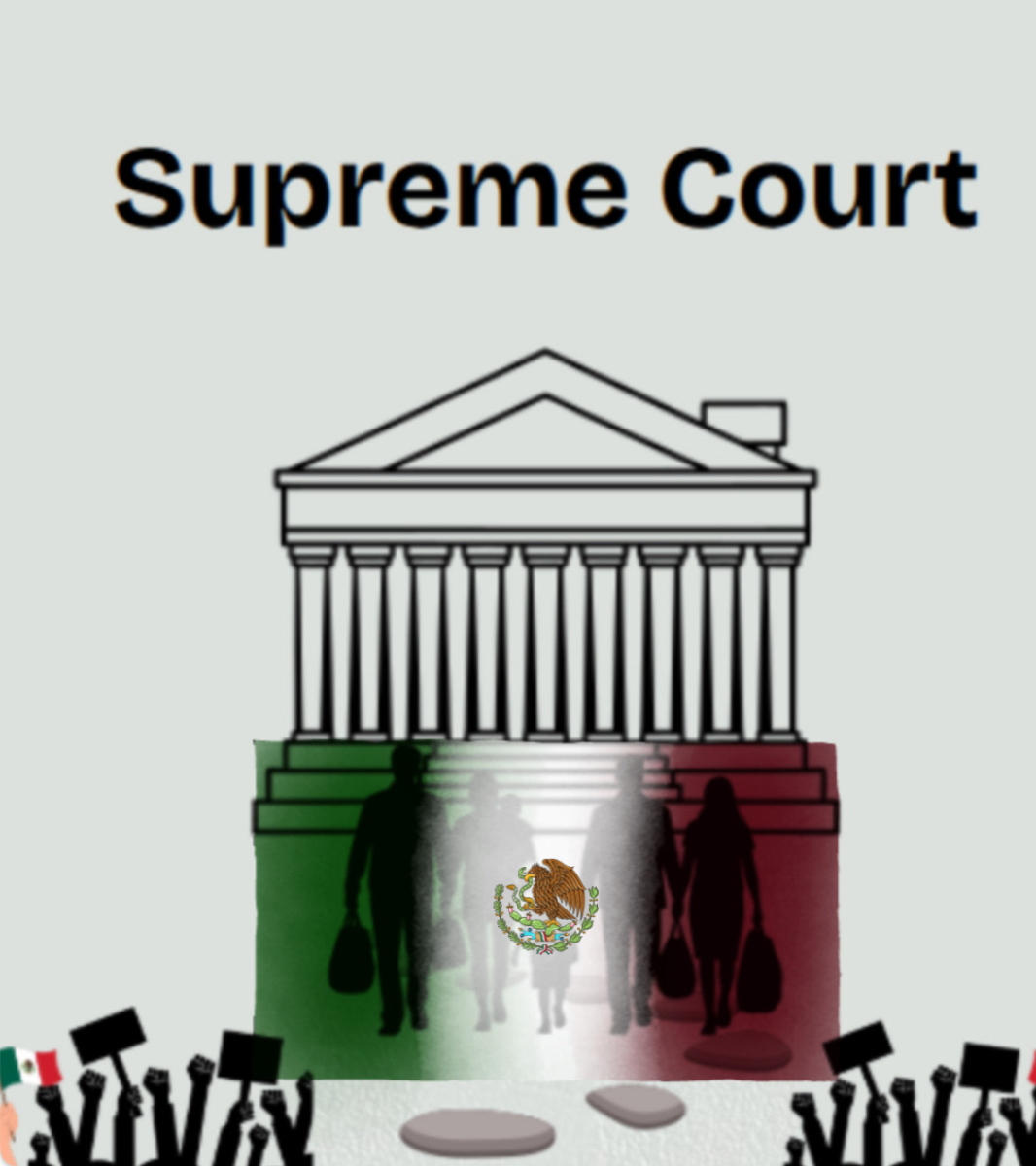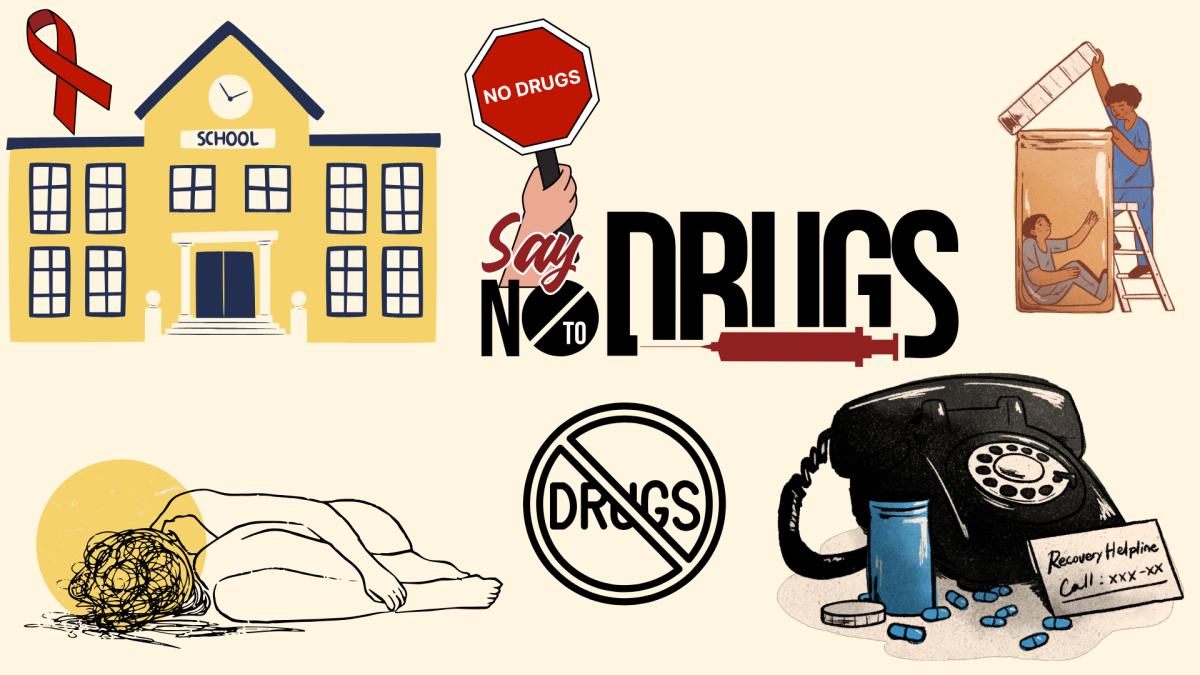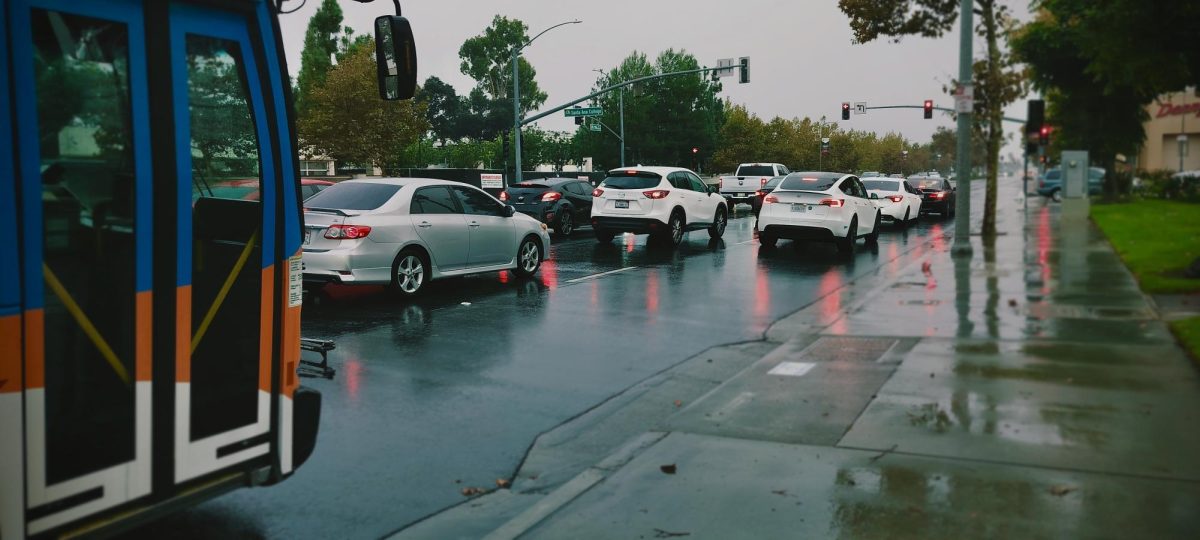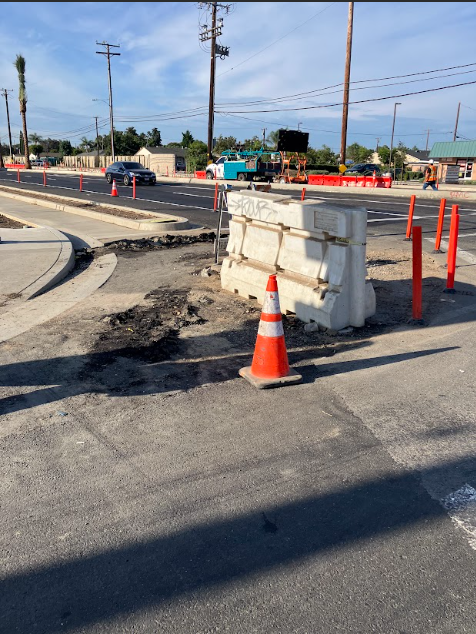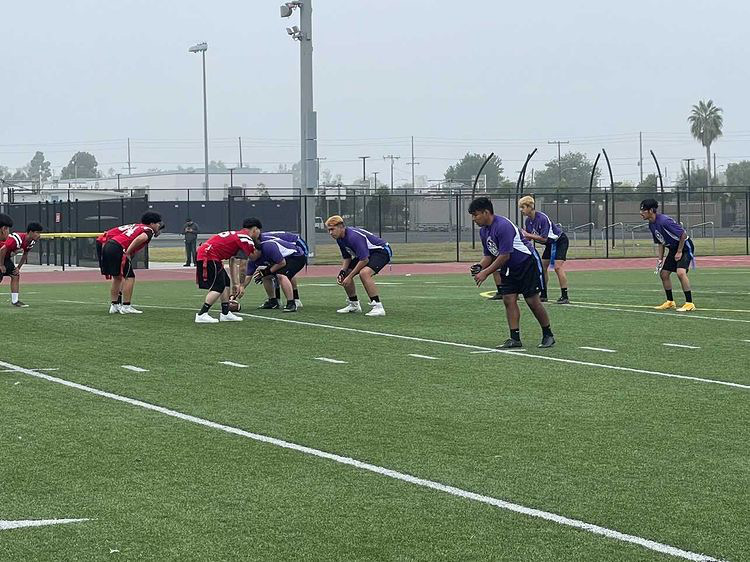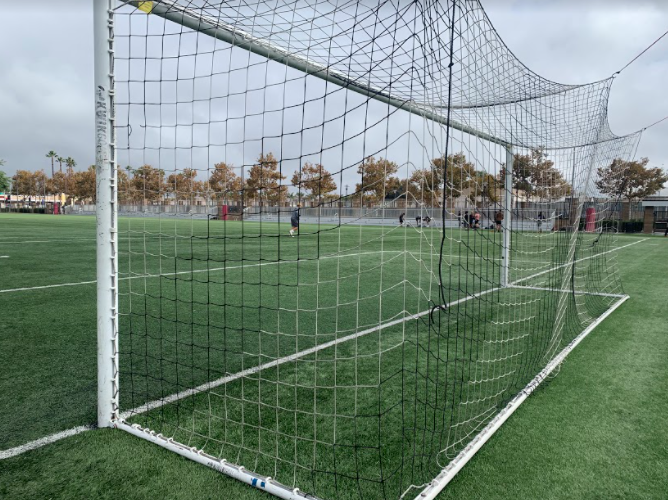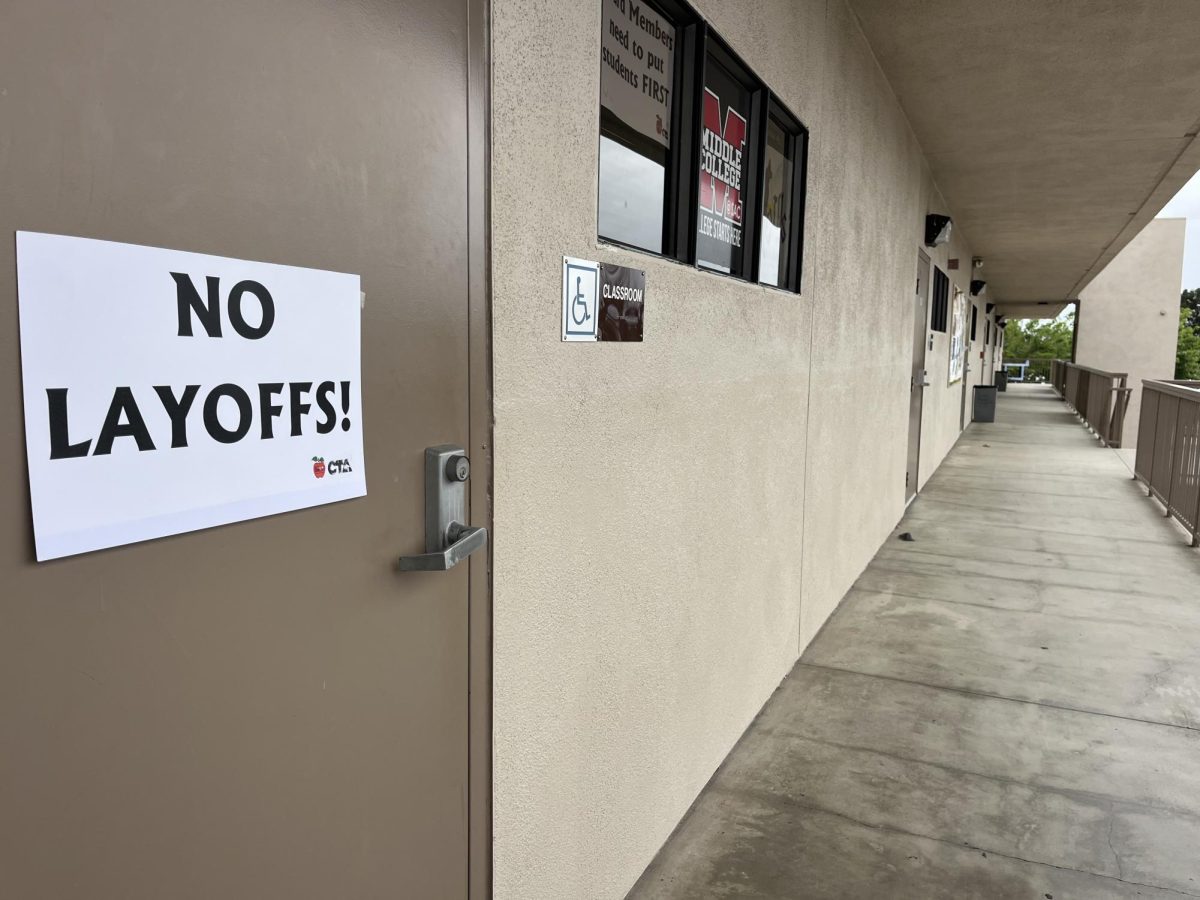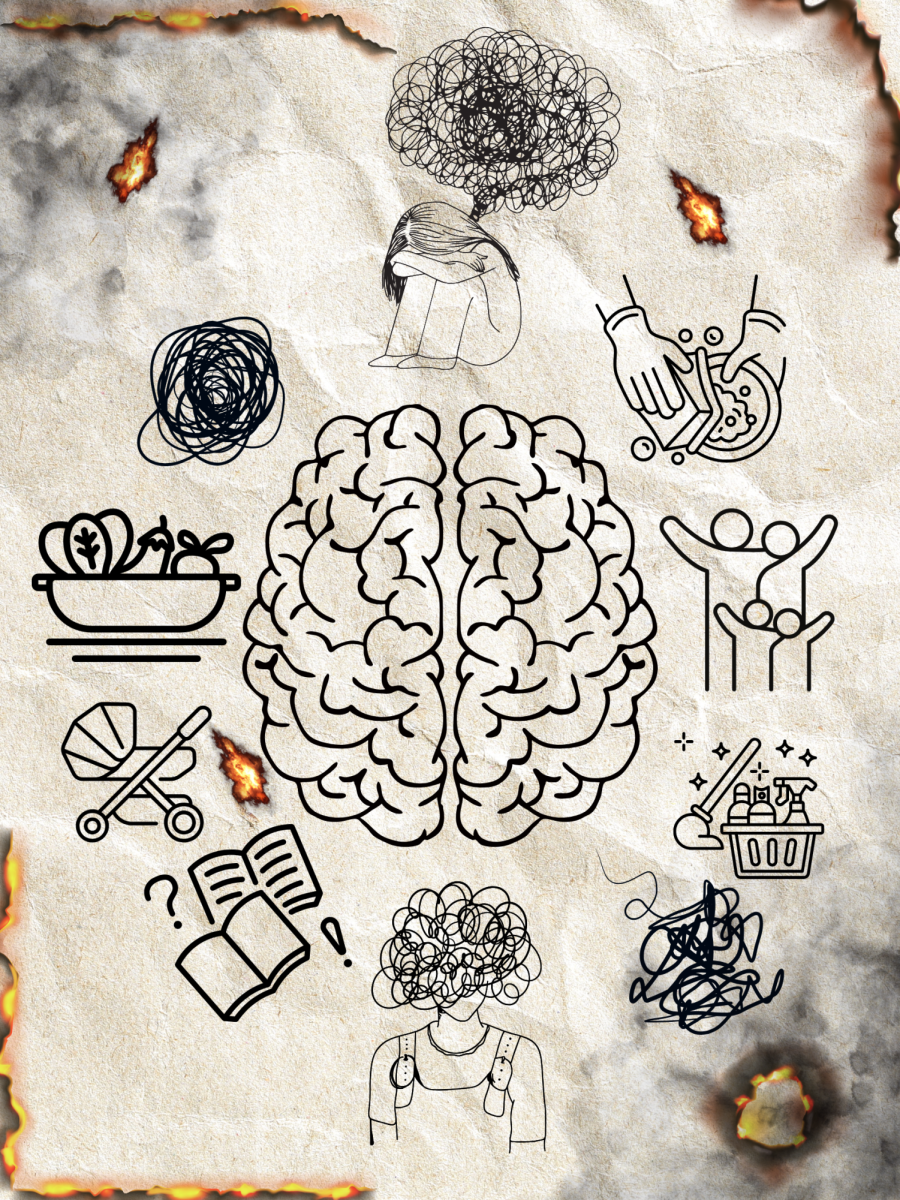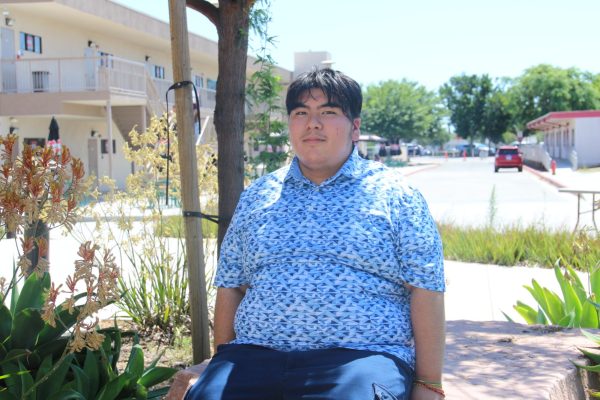School by school, the losses pile up — 19 positions cut at Santa Ana High, 18 at Pio Pico Elementary, 16 at Valley High, just to name a few. From single cuts to dozens, every reduction leaves students with fewer teachers, counselors and mentors, a dismantling of connection, care and community. As Santa Ana Unified slashes its workforce district-wide, educators warn these are not just numbers on a spreadsheet but missing voices that once guided futures.
March 7, 2025, was a day that brought worry to our educators. Fear and panic spread through the school sites’ staffs due to the news that 387 positions would be cut due to budget mismanagement in the Santa Ana Unified School District (SAUSD). The term “pink slip” is used to describe a notice of termination of employment and the pink slip was given to all 387 teachers throughout the school district, affecting not only them, but the community as a whole.
Systemic Failures: Mismanagement and Short Sightedness
The crisis in public education is not just a local failure but a systemic issue. It is a collapse engineered by decades of political neglect and a growing hostility towards equitable, well-funded schools. The chronic underfunding of districts like SAUSD is becoming amplified in the socio-political climate. The recent shuttering of the U.S. Department of Education, along with ongoing threats to slash its budget or eliminate it entirely, has removed districts of funding streams and protections. Programs like Title I, which targets resources to high-poverty schools, and IDEA, supporting students with disabilities, now have uncertain futures.
In California alone, over 2,000 educators received pink slips, a massive jump from the prior year’s 124 notices. As districts scramble to balance budgets without federal backstops, these layoffs are not isolated “tough choices.” They are the consequences of politicians weaponizing rhetoric about “fiscal responsibility” or “school choice,” redirecting billions to privatized alternatives like voucher schemes and charter schools. This drains resources from public classrooms.
The dismantling of the Department of Education and the rise of anti-public-school rhetoric are not accidents. Until we recognize public education funding as a necessity rather than a luxury, generations of students, teachers and counselors will pay the price.
Local advocate and social studies teacher, Noelle Carney Campbell, has been working in education for over a decade and sadly received a pink slip. Ms. Carney Campbell shares her insight on the matter.
“And I go from, like, a district perspective. Their excuse is that enrollment is declining. This isn’t new news, right? Enrollment has been declining. If they follow through on these layoffs, enrollment in Santa Ana Unified is going to plummet because families are going to want to leave and go to the charter schools that want them. We’re not protecting the educators and therefore protecting the students. It’s going to get worse if they follow through on this,” Carney Campbell said.
At first glance, it may seem that the blame should be placed on the people who are in charge of the budget. However, this is only part of the picture. Decision-making power ultimately lies with the SAUSD school board members, who shape the district’s priorities and allocate resources.
“They’ve [current school board members] made some comments like, ‘Well, we weren’t on the school board when this happened.’ Well, Jerry Almendarez, our superintendent, has been a part of this for as long as it’s been going on, and he has a history of doing this in the districts he came from. So he’s clearly irresponsible with budget management at the expense of staff, which is really at the expense of students in the end,” Carney Campbell said.
Members of the school board must be elected by the public to serve on the board. While the previous board chose to hire and retain more teachers in response to growing needs, this well-intentioned decision was not backed by sustainable funding. Now, we are seeing the consequences, cuts that affect not only staff but also students’ learning environments for years to come.
Personal Impact: Student and Staff
Many schools are going to take massive staff reductions; what may seem like only five teachers getting laid off is a vast amount for Middle College High School, with a staff amount of only 23 certificated personnel. For the majority of schools, the increase in class size has sparked controversy. Some view it as just adding a couple more students to each class, while others view it as punishment for the mismanagement of the SAUSD board.
Junior Jessica Gonzalez comments on how these cuts might impact class sizes at MCHS.
“I feel like it would kind of go against the point of why some people did come to MCHS because of smaller class sizes. Smaller class sizes create more of a community or a sense of community, and larger classes, you’re not going to have that community anymore in a way,” Gonzalez said.
Class sizes are not the only thing that is going to change. The counselor and teacher-to-student ratio is going to increase. There will be fewer counselors and teachers to support students. This is going to affect mental health, college access and after-school activities.
“My biggest concern would be not having help with stuff like college applications or scholarships. Especially now since we’re juniors and it’s kind of the most important time like I said before,” Gonzalez said.
Counselors are essential for the college application process, as they fill out letters of recommendation (LOR), school reports and help to give crucial guidance at such an important time in a student’s career. Teachers also write LOR, run after-school activities and shape the lives of students through education. Without both of these aspects, students are left without support and mentor systems. This makes it a lot harder for them to manage the college application process, get to college or have after-school activities.
Sometimes students come to school to attend those after-school activities. Teachers are the ones who make those after-school activities possible.
‘‘Let’s say for example, if Ms. Carney Campbell is gone, what happens to our leadership programs? Is that gone? If Ms. Carney Campbell is gone, what happens to our Gay Straight Alliance? Is that gone? If Ms. Carney Campbell is gone, who’s going to coach girls volleyball and girls basketball? Is that gone? Those are things that I don’t know who’s going to fill and that’s at every school. So, it’s extremely sad and stressful for everyone,” Carney Campbell said.
Students find a home in schools, creating a community through counselors, friends and teachers. Without one of those pillars, students start to resent school instead of learning to love it and education.
“Sports, clubs, any extracurriculars, and when you let go of a big group of really resourceful teachers who have the energy to do the extra stuff, you’re saying the extra stuff doesn’t matter. No one’s going to be able to pick up that workload that young, energetic teachers are doing. That’s really going to hurt the teachers who are left, and it’s really going to hurt the students because those are the programs that make them want to come to school,” Carney Campbell said.
Conclusion: Protests, Petitions, and Power
In the face of teacher layoffs, budget shortfalls and systemic neglect, many are left wondering: What can we do? The answer lies in collective action and community voice. Ms. Carney Campbell explains ways that you can get involved.
“Well, board meetings are a really good start. Our next big board meeting is on April 15th. It’s a Tuesday night. Interestingly enough, so all the teachers that are being laid off, we get the opportunity to attend a court hearing about the layoffs. It’s standard. It’s taking place from April 14 to 18. And so the district has to provide all of us subs because we all are allowed to go to this court hearing. The court hearing is actually going to take place at Villa Fundamental Intermediate, which is right next door to the district office. So after our court hearing on April 15, we are all marching over to the district office for their board meeting. But it’s really important that if parents and students want to help, they come speak at the board meeting. Because the teachers, I don’t feel like our voices are valued. It’s the parents and the students who can really get the point across that; they are the enrollment,” Carney Campbell said.
Her words make one thing clear: power lies in people, especially those whose lives are most affected. Teachers can protest. Students can speak out. Parents can show up. Together, communities can resist decisions that put education last and demand a future where schools are supported, teachers are respected and students succeed.
The fight for education is far from over, and it belongs to all of us. Everyone has a voice, so use it for a greater future.


